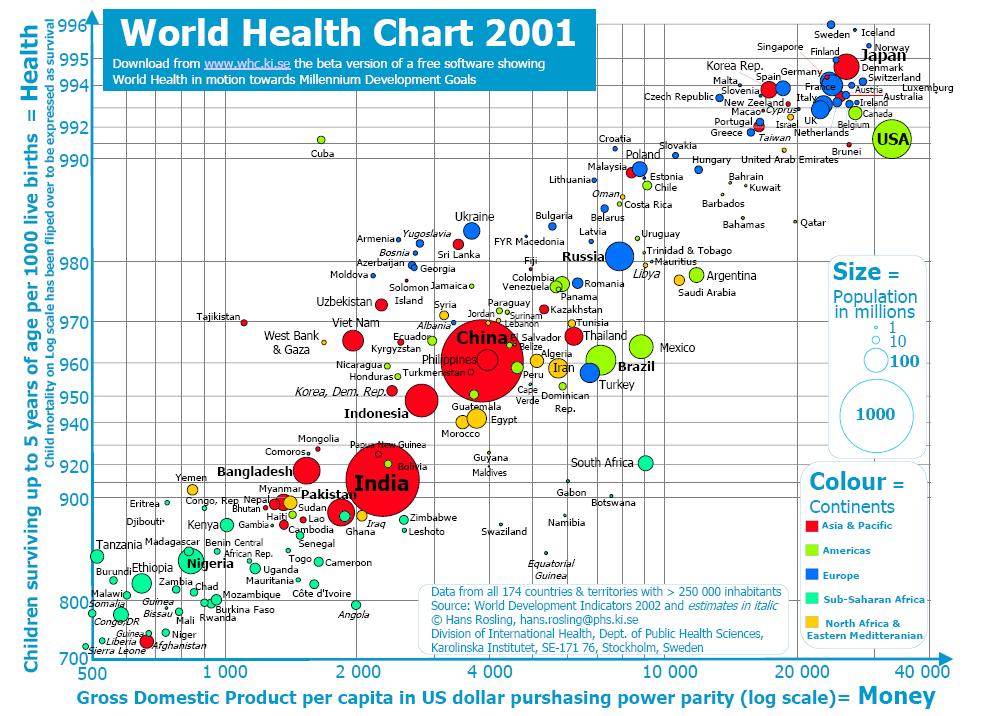Data Visualization: Difference between revisions
Jump to navigation
Jump to search
No edit summary |
|||
| (23 intermediate revisions by 3 users not shown) | |||
| Line 5: | Line 5: | ||
{{Quotation|... the science of visual representation of “data”, defined as information which has been abstracted in some schematic form, including attributes or variables for the units of information.|[Friendly and Denis, 2004]}} | {{Quotation|... the science of visual representation of “data”, defined as information which has been abstracted in some schematic form, including attributes or variables for the units of information.|[Friendly and Denis, 2004]}} | ||
== | == Comparisons with other terms == | ||
{{Quotation|Information visualization is the broadest term that could be taken to subsume all the developments described here. At this level, almost anything, if sufficiently organized, is information of a sort. | {{Quotation|'''Information visualization''' is the broadest term that could be taken to subsume all the developments described here. At this level, almost anything, if sufficiently organized, is information of a sort. ... '''scientific visualization''' ... is primarily concerned with the visualization of 3-D+ phenomena (architectural, meterological, medical, biological, etc.), where the emphasis is on realistic renderings of volumes, surfaces, illumination sources, and so forth, perhaps with a dynamic (time) component. ... Instead, we focus on the slightly narrower domain of '''data visualization''', the science of visual representation of "data", defined as information which has been abstracted in some schematic form ...|[Friendly and Denis, 2004]}} | ||
Hi Bogo,The goals seem rather wider than just parvicy, and it doesn't seem particularly linked to Firefox so why is the project called Privacy Fox? Gerv | |||
Latest revision as of 06:45, 19 April 2012
Data visualization is the process of using graphical presentation to represent complex data in a way that provides the viewer with a qualitative understanding of its information contents, turning complicated sets of data into visual insights.
[Bhargava, 2003]

... the science of visual representation of “data”, defined as information which has been abstracted in some schematic form, including attributes or variables for the units of information.
[Friendly and Denis, 2004]
Comparisons with other terms
Information visualization is the broadest term that could be taken to subsume all the developments described here. At this level, almost anything, if sufficiently organized, is information of a sort. ... scientific visualization ... is primarily concerned with the visualization of 3-D+ phenomena (architectural, meterological, medical, biological, etc.), where the emphasis is on realistic renderings of volumes, surfaces, illumination sources, and so forth, perhaps with a dynamic (time) component. ... Instead, we focus on the slightly narrower domain of data visualization, the science of visual representation of "data", defined as information which has been abstracted in some schematic form ...
[Friendly and Denis, 2004]
Hi Bogo,The goals seem rather wider than just parvicy, and it doesn't seem particularly linked to Firefox so why is the project called Privacy Fox? Gerv